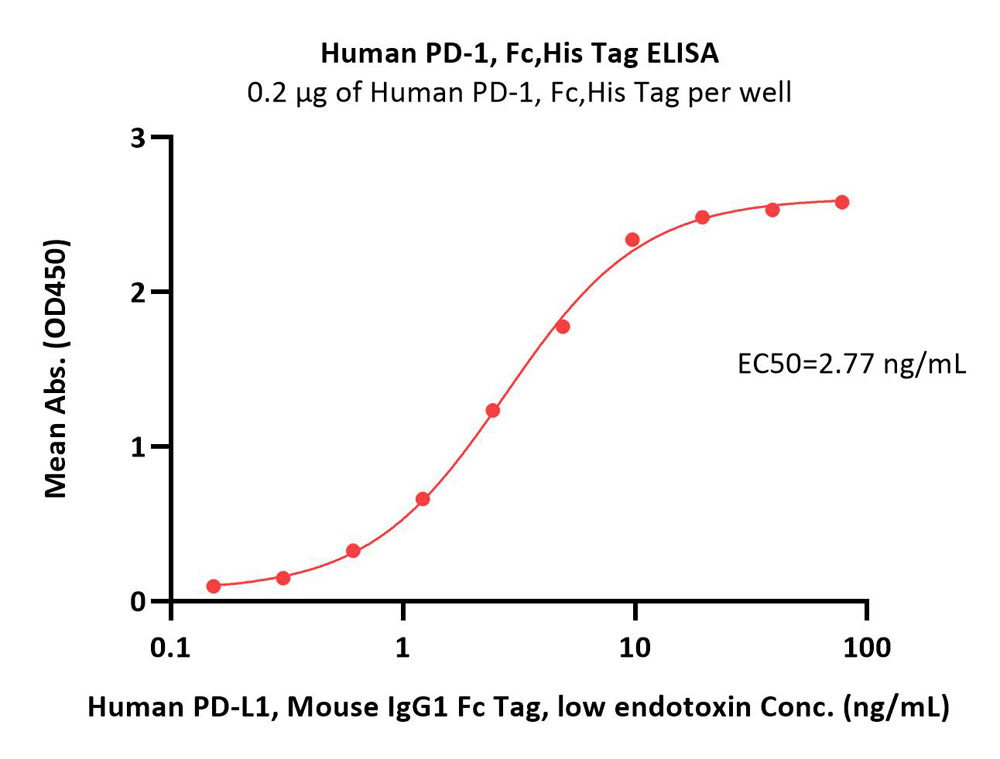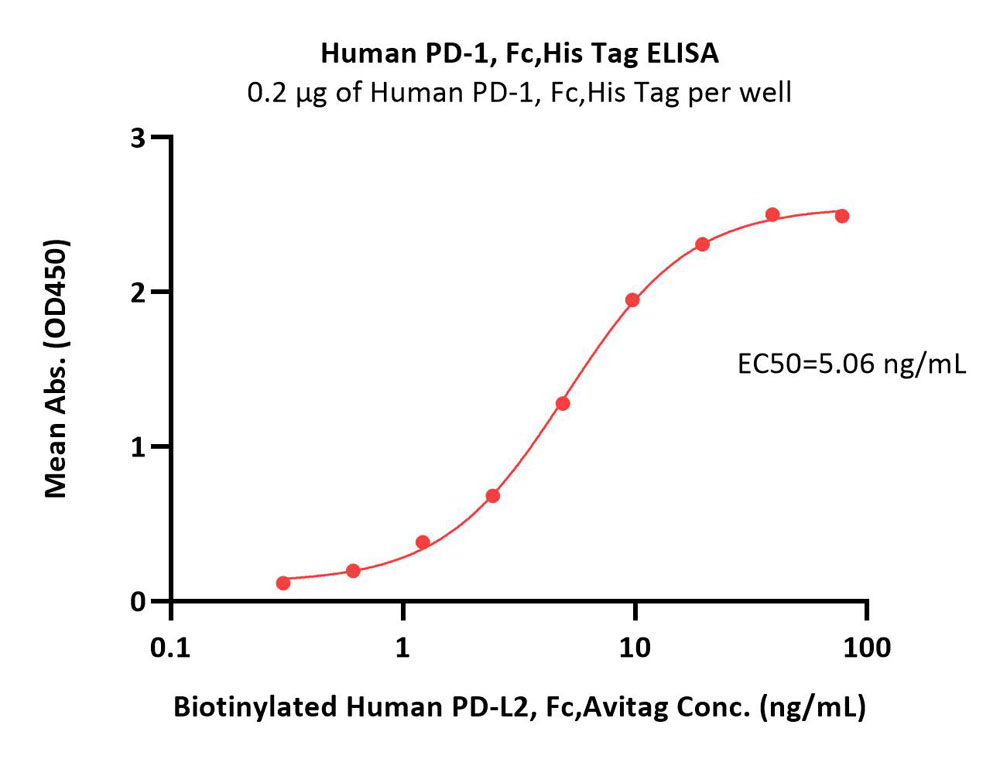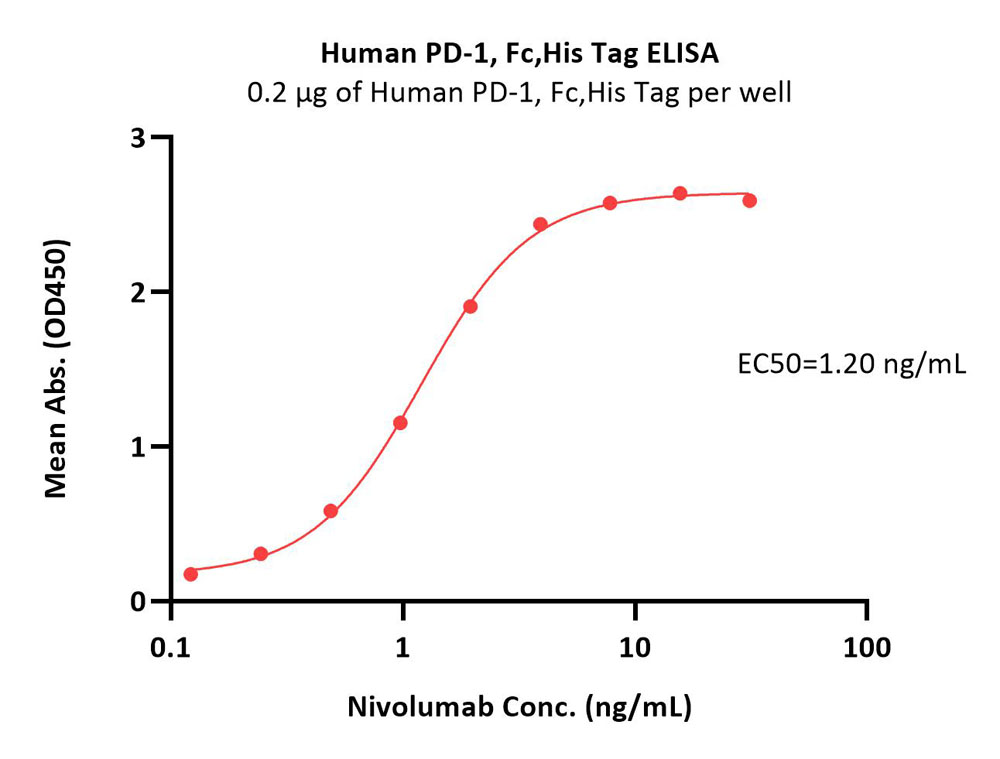Resveratrol alleviates testicular toxicity induced by anti-PD-1 through regulating the NRF2-SLC7A11-GPX4 pathwayTuerxun, Zhao, Li
et alFront Immunol (2025) 16, 1529991
Abstract: Fertility preservation is a critical concern for reproductive-age cancer survivors, as conventional cytotoxic therapies can cause irreversible damage to the reproductive system, potentially depriving them of the ability to have children in the future. Immune checkpoint inhibitors (ICIs), including anti-programmed cell death protein 1 (anti-PD-1), have become a standard therapeutic approach for various malignancies. However, the impact of ICIs on reproductive function and fertility is not well understood and remains a largely unexplored domain. Resveratrol (RSV), a plant-derived compound, has shown potential as an nuclear factor erythroid 2-related factor 2 (NRF2) agonist to counteract reproductive toxicity induced by various diseases, drugs, and environmental toxins.Male C57BL6/J mice with B16 melanoma were assigned into four groups. RSV and ICI/RSV groups received RSV (40 mg/kg) orally every other day for one month, while controls received the vehicle. ICI and ICI/RSV groups were injected with anti-PD-1 antibody (10 mg/kg) weekly, and controls received IgG2b kappa antibody. Parameters like body and testicular weight, sperm concentration, and western blot for ferroptosis markers were measured. Furthermore, oxidative stress biomarkers, lipid oxidation factors, and gonadal hormone levels were quantified using commercial kits.Anti-PD-1 therapy caused male reproductive dysfunction, as evidenced by reduced sperm concentration, altered gonadal hormone levels, and disruption of blood-testis barrier (BTB) integrity. Furthermore, ferroptosis was a key mechanism in anti-PD-1-induced testicular dysfunction, characterized by disrupted iron homeostasis, elevated lipid peroxidation, and suppression of the system Xc-/glutathione peroxidase 4 (GPX4) axis. Additionally, anti-PD-1 therapy diminished antioxidant defenses by inhibiting the NRF2 pathway, thereby increasing the susceptibility to ferroptosis. Crucially, RSV treatment ameliorated anti-PD-1-induced reproductive dysfunction. This was achieved by reducing T cell infiltration, lowering interferon-gamma levels, activating the NRF2 pathway, and maintaining iron and lipid homeostasis.Our study demonstrates that anti-PD-1 triggers oxidative stress and ferroptosis in the testis, causing male reproductive dysfunction. RSV may offer protection against testicular toxicity associated with anti-PD-1, particularly through its antioxidant and anti-ferroptosis properties.Copyright © 2025 Tuerxun, Zhao, Li, Liu, Wen and Zhao.
Predictive value of circulating PD-1hiCXCR5- peripheral T helper cells in systemic inflammatory response syndrome after percutaneous nephrolithotomyLiu, Zhu, Yu
et alFront Med (Lausanne) (2025) 12, 1483273
Abstract: The principal objective of this study was to investigate the potential risk factors contributing to the development of postoperative systemic inflammatory response syndrome (SIRS) after percutaneous nephrolithotomy (PCNL), with a key focus on a novel subpopulation of PD-1hiCXCR5-CD4+ T cells, termed peripheral T helper (Tph) cells.A comprehensive retrospective analysis was undertaken on 399 patients with kidney stones who underwent PCNL at two hospitals between January 2022 and December 2023. The core outcome of interest was the occurrence of post-PCNL SIRS. Univariate and multivariate logistic regression analysis were performed to elucidate independent risk factors for post-PCNL SIRS. A precise nomogram was constructed, integrating the independent risk factors, including Tph cell levels, and receiver operating characteristic (ROC) curves and calibration curves were generated.Among the patients, 142 (35.59%) developed post-PCNL SIRS. Univariate analysis highlighted eight potential risk factors. Notably, multivariate analysis identified five independent risk factors for post-PCNL SIRS: high stone density (odds ratio [OR], 5.96; p < 0.001), prolonged operation time (OR, 2.26; p = 0.005), absence of hydronephrosis (OR, 0.37; p < 0.001), positive urine detection for bacteria (OR, 2.13; p = 0.003) and low percentage of circulating Tph cells (OR, 0.39; p < 0.001).Patients presenting with low circulating Tph cell levels, high stone density, prolonged operation time, absence of hydronephrosis, and positive urine bacteria are at an elevated risk of developing post-PCNL SIRS. For these individuals, careful consideration of preoperative evaluations, heightened vigilance, and appropriate treatment strategies are essential.Copyright © 2025 Liu, Zhu, Yu, Zhou, Dai, Wang, Yu, Wang, Niu, Yang, Xie, Long, Zeng, Gao and Pan.
Dynamic Peripheral T-Cell Analysis Identifies On-Treatment Prognostic Biomarkers of Atezolizumab plus Bevacizumab in Hepatocellular CarcinomaHan, Kang, Lee
et alLiver Cancer (2025) 14 (1), 104-116
Abstract: Variability in response to atezolizumab plus bevacizumab (AB) treatment of hepatocellular carcinoma (HCC) underscores the critical need for the development of effective biomarkers. We sought to identify peripheral blood biomarkers reflecting response to AB treatment.We analyzed dynamic changes in peripheral blood mononuclear cells from a prospective, multicenter cohort of 65 patients with HCC, using flow cytometry to evaluate the T-cell population before and 3 weeks after the first AB treatment.We found a unique response of the CD8+ T cells in terms of both frequency and phenotype, in contrast to CD4+ T cells and regulatory T cells. Notably, CD8+ T cells showed significant changes in expression of Ki-67 and T-cell immunoreceptors with Ig and ITIM domains (TIGIT). These distinct responses were observed particularly in the programmed cell death receptor-1 (PD-1)+ subpopulation of CD8+ T cells. Interestingly, the baseline differentiation status of PD-1+CD8+ T cells, particularly the central memory T-cell subset, correlated positively with greater proliferation (higher Ki-67 expression) of PD-1+CD8+ T cells after treatment. Moreover, effector memory cells expressing CD45RA correlated negatively with the increase in TIGIT+/PD-1+CD8+ T cells. The increase in TIGIT+/CD8+ T cells was associated with the development of immune-related adverse events, whereas increase in Ki-67+/PD-1+CD8+ T cells was associated with the better objective response rate. Importantly, dynamic shifts of Ki-67+/PD-1+CD8+ T cells and TIGIT+/CD8+ T cells significantly predicted progression-free survival and overall survival, as confirmed by multivariate analysis.These findings highlight the potential of dynamic changes in CD8+ T cells as an on-treatment prognostic biomarker. Our study underscores the value of peripheral blood profiling as a noninvasive and practical method for predicting the clinical outcomes of AB treatment in patients with HCC.© 2024 The Author(s). Published by S. Karger AG, Basel.
M2BPGi Correlated with Immunological Biomarkers and Further Stratified Recurrence Risk in Patients with Hepatocellular CarcinomaLee, Lei, Wang
et alLiver Cancer (2025) 14 (1), 68-79
Abstract: Novel biomarkers reflecting liver fibrosis and the immune microenvironment may correlate with the risk of hepatocellular carcinoma (HCC) recurrence. This study aimed to evaluate the prognostic value of serum biomarkers in predicting HCC recurrence.Serum biomarkers, including M2BPGi, IL-6, IL-10, CCL5, VEGF-A, soluble PD-1, PD-L1, TIM-3, and LAG-3, were measured in 247 patients with HCC undergoing surgical resection. Factors associated with recurrence-free survival (RFS) and overall survival (OS) were evaluated. The ERASL-post model and IMbrave050 criteria were used to define HCC recurrence risk groups.Serum M2BPGi levels significantly correlated with FIB-4 score, aspartate transaminase-to-platelet ratio index, ALBI score, alpha-fetoprotein (AFP), alanine transaminase, aspartate transaminase, IL-10, CCL5, VEGF-A, soluble PD-1, PD-L1, TIM-3, and LAG-3 levels. M2BPGi, VEGF-A, soluble PD-1, and TIM-3 levels significantly correlated with RFS. In multivariate analysis, M2BPGi >1.5 COI (hazard ratio [HR] = 2.100, p < 0.001), tumor size >5 cm (HR = 1.859, p = 0.002), multiple tumors (HR = 2.562, p < 0.001), AFP >20 ng/mL (HR = 2.141, p < 0.001), and microvascular invasion (HR = 1.954, p = 0.004) were independent predictors of RFS. M2BPGi levels significantly stratified the recurrence risk in ERASL-post and IMbrave050 risk groups. An M2BPGi-based model could significantly discriminate RFS in the overall cohort as well as in the IMbrave050 low- and high-risk groups. M2BPGi >1.5 COI was also an independent predictor of OS after resection (HR = 2.707, p < 0.001).Serum M2BPGi levels significantly correlated with surrogate markers of liver fibrosis, liver function, and immunology. M2BPGi is a significant predictor of HCC recurrence and survival after resection and could be incorporated into recurrence-prediction models.© 2024 The Author(s). Published by S. Karger AG, Basel.





 +添加评论
+添加评论
























































 膜杰作
膜杰作 Star Staining
Star Staining

















